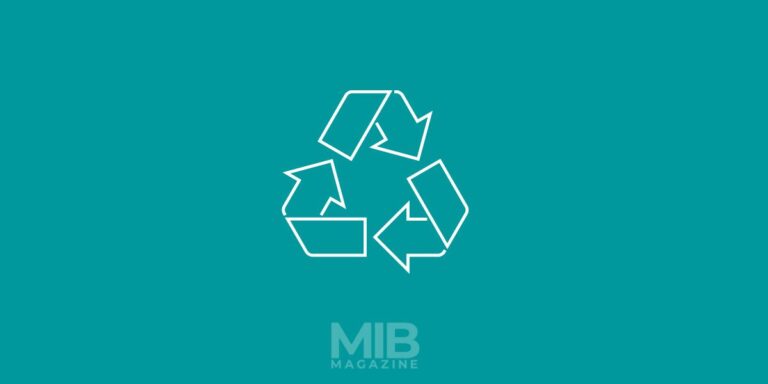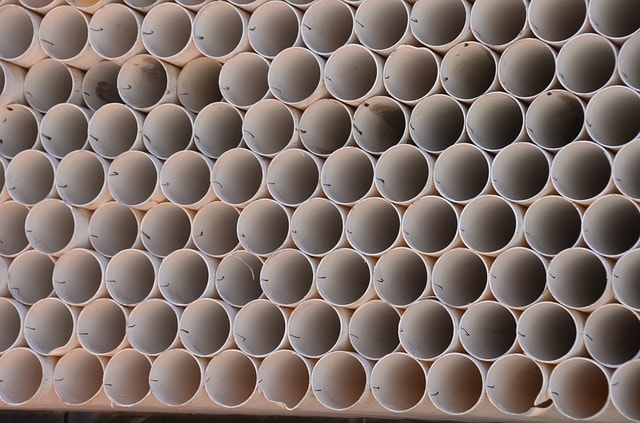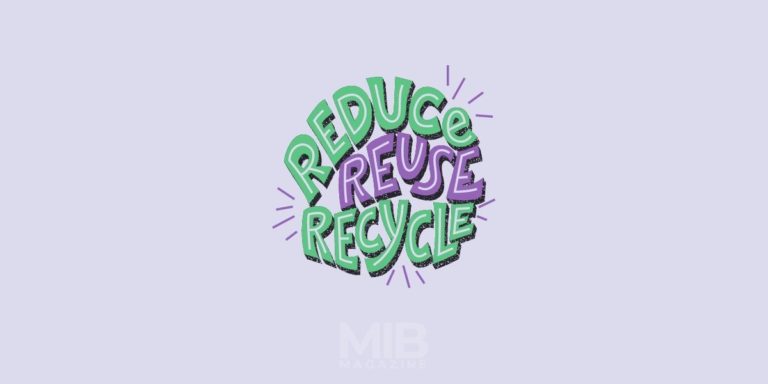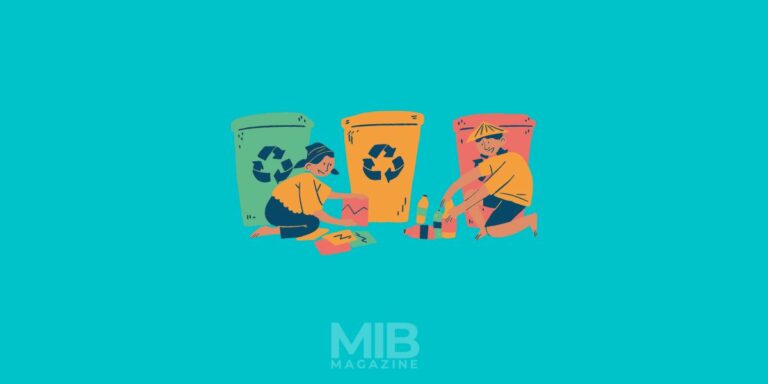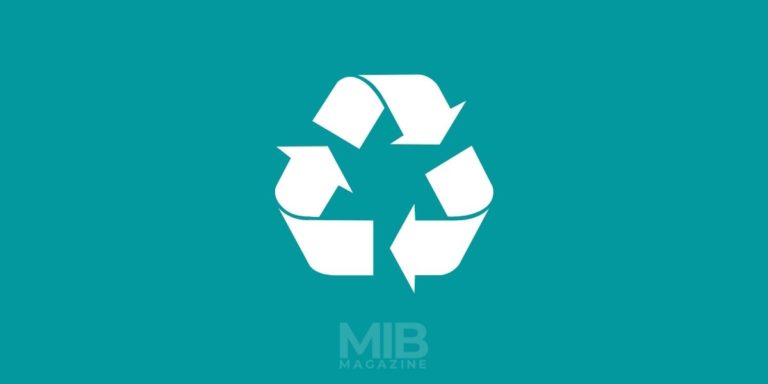How to Start a Scrap Yard Business in 8 Steps
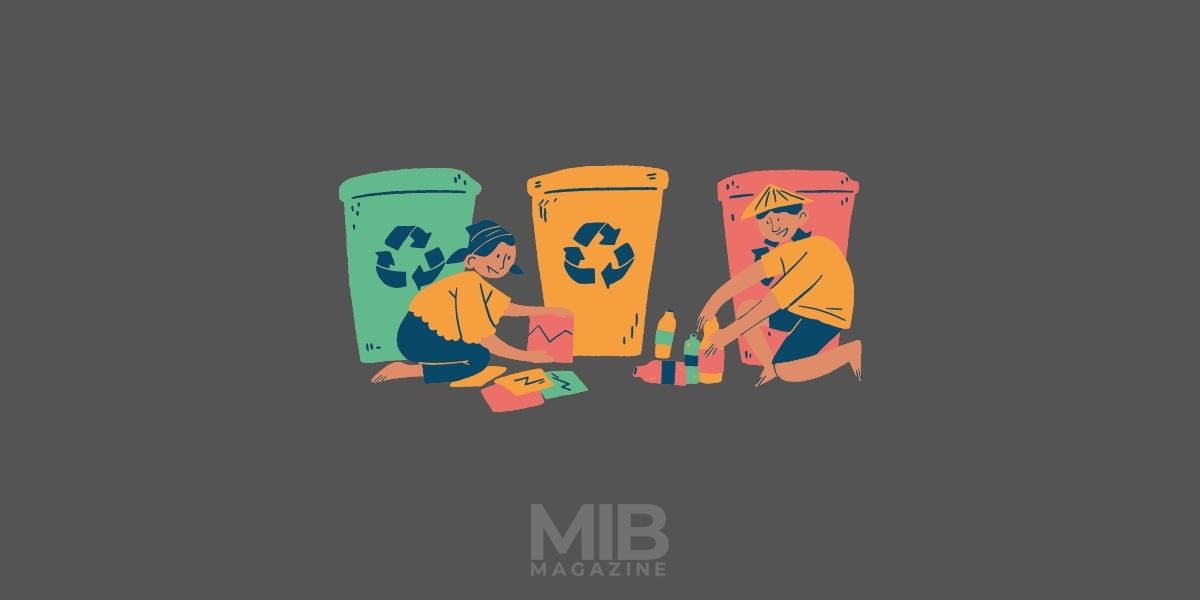
If you have always had it in mind to start a scrapyard business, then you are reading just the right article to help you get started. Buying scrap metals for onward recycling is a venture that has earned some people a fortune, depending on their scope of operation. And for the most part, the business is a good one for two reasons.
Firstly, it helps you earn income. Secondly, you contribute your own quota to clean the environment. But before you start to make headway, you must first determine if this is what you really want to do. Making up your mind about it is the first thing you need to do. Once you are sure, you can then proceed to the next stage.
What is the investment capital
The investment capital required to start a scrapyard is not fixed, which is one of the main reasons many find it quite attractive. On average, it is a little capital intensive, but if you don’t have a huge capital, you can start small and then grow from there. For a start, a startup capital of $2,000-$10,000 is good enough. Furthermore, you will have to decide which metal you plan to trade. Fortunately for you, there are many options like silver, tin, lead, copper, Brass, and many more. You may even choose to trade in all of them based on the metals you can find or the metals your buyers are willing to pay a premium price for.
The current state of the US/EU metal recycling industry
If you needed any motivation to launch a scrapyard business, look no further than the current market value of the industry in the US and the European Union worth about $90 billion a year, which makes it one of the fastest growing industry in both continents.
Furthermore, the scrap industry is a major employer of labor employing thousands of workers across the value chain with an ever-growing revenue base. In the US, the industry also plays a major role and is an essential catalyst for growth for several larger industries like the construction industry, manufacturing, and calibration factories. Moreover, Scrap yard businesses help these industries to drive down production costs by giving them a steady supply of metals that they can reuse over and over again.
Types of Metals
Before we highlight the steps to take to start a scrapyard business, we need to first differentiate the types of metals. Knowing the difference is a technical information you must acquire before you go any further. To make good money off selling scrap, you need to know which metal is in high demand and which one will give you the most profit.
Ferrous Metal Vs. Nonferrous Metal
Metals are broadly classed as ferrous and nonferrous. The distinction between the two is simply the presence of iron. Ferrous metal has magnetic components and contains more iron which makes it a much stronger metal. Non Ferrous metal contains less iron but is more corrosion-resistant. Common items that contain ferrous metal include stoves, refrigerators, car engines, old machinery, and freezers. Non Ferrous items include copper, brass fixtures, old compute panels, aluminium siding, etc. Find in the table below metals that are ferrous and nonferrous
| Ferrous | Non-Ferrous |
| Alloy Steel | Brass |
| Carbon Steel | Gold |
| Wrought Iron | Aluminum |
| Cast Iron | Copper |
| Carbon Steel | Lead |
Note: There are many more, but the metals in the table are common examples of ferrous and nonferrous metals.
Which metal is the most profitable
Another thing you should know is to identify which metal is the most profitable to trade. First and foremost, the scrap business is influenced by the forces of demand and supply, just like any other commodity. Although some metals cost more than others, if there is a scarcity of a particular metal and manufacturers are in desperate need of it, the price for that metal rises due to demand. However, on average, besides luxurious metals like gold and silver, there are three economically viable metals that you can trade due to their availability and value.
Copper
Copper is one metal that has commanded a high price for a long time. This metal is commonly used to make tubes and wires. Although the price keeps changing based on the supply and demand, copper can command between $2-$4/pound. The value is much higher than many other metals used as base materials because it is used to manufacture high-value items like electronic components and electric wires.
Brass
Another metal that can eke out good profit is Brass. Brass is not as abundantly available as other metals, but its price is tied to its scarcity. Scrap Yards that major in brass scrapping and can get a steady supply of this metal tend to make good money off it. Furthermore, it is less cost-effective to recycle, making it an economically viable metal to trade in. Light fixtures, furniture, handrails, and locks are some common items produced with Brass.
Aluminum
Aluminum is one of the most lucrative metals to trade due to its widespread availability. It is much easier to recycle and requires far less energy than other metals. Furthermore, your profit margin is much higher should you trade in aluminium. Today, products like machinery, work tools, household furniture, and many other items are made with aluminum, so there is always a market for it.
Essential steps to start a scrap yard business
Now that you know a little about the scrap yard business and the different types of ferrous and non-ferrous metals let us now dig deeper to highlight the business planning steps to take to start a profitable scrap yard.
1. Get all the technical details
Successful scrap yard managers are very knowledgeable people when it comes to trading in metals. However, like with all businesses, you need to take your time to know all the technical details about the business. Details such as the different types of metals, where they can be sourced, and their market prices are very important if you want to run a successful scrap yard business.
2. Opening the business
Before you commit any investment, it will be wise to get legal counsel regarding the permits and licenses you need to have. The location where you choose to set up the business will determine the licensing requirements. You should also bear in mind that your business will most likely attract taxes, so ensuring that your tax documents are in order will help you avoid legal issues with the IRS. Next, learn how to do basic business accounting, but if you lack the time, you can have a professional do it for you. Once you are done with the legal and accounting setup, you can move on to the next step.
3. Invest wisely
The next step is to invest wisely. Your scrapyard needs to have certain protective equipment like gloves, jumpsuits, scrap haulers, and sorting containers. Depending on your operation scale, you may also need to get a storage unit or even an entire scrap shed to secure your metals and prevent them from being stolen. Furthermore, it pays to have your own truck for moving the scraps from the source to your yard and from your yard to the buyer. Note that the truck must be rugged and durable because scraps have sharp edges that may damage the bodywork. Also, how you transport your metal has to be in line with the laws of the state in which you operate
4. Establish a collection pipeline
The secret to establishing a collection pipeline is to know where the metals are. Have a collection strategy to gather as much scrap as possible with minimal effort. To do so, you need to visit locations where you have them in abundance. Locations like homes, construction sites, and business premises are places where you can find them. Or better still, you can strike relationships with collectors who will bring them to you. While this method may cost you more, it allows you to focus on other aspects of your business rather than go in search of the metals yourself.
5. Watch the market
Watching the market involves two things. First, you need to know the current market prices for different metals. Like we pointed out in an earlier paragraph, market forces determine the value of metals based on demand and supply. So, knowing the current prices will help you make an informed decision on which metals to buy more or less of. Secondly, you need to know which metals are cheaper to recycle and which ones are more expensive. This information is important because metals that attract less recycling cost expand your profit margin in most cases. So as you go hunting for scraps, keep one eye on the market and follow current market trends. Luckily for you, the digital age has brought information closer, so you can study the market via online mediums.
6. Be prepared to meet challenges
Every business has its own unique challenges, and scrap yard businesses are no different. Before you start yours, bear this mind and put plans in place to be proactive. Challenges like weight are common because metals are very heavy, and if your transport vehicle is not strong enough, it will break down often. Supply scarcity is another challenge that scrap managers face. Sometimes, you may have no option but to travel far away from your area of operation to find metals for your supply chain. How you combat these challenges is what will determine whether you succeed or fail.
To be on the safe side, draw up a list of potential challenges you expect to face and list a solution side by side. As you gain more experience, keep updating your list. Lest we forget, also make sure that you keep an active health insurance plan because dealing in sharp metals may lead to injuries. Having an active health insurance cover is of utmost importance.
7. Market your business
The other half of setting up a collection pipeline is to market your business. Do detailed research on buyers of scrap metals such as recycling factories. If you know where the buyers are, you will spend less time looking for them, and your funds will not be tied to metals you cant sell quickly. Besides recycling factories, there are bigger garbage companies that buy scraps too. These companies operate off major highways and less populated areas. You can consult your local directory or search the internet for scrap metal buyers near you.
Once you find buyers, now is the time to do your marketing. Market your business to them and let them know that you are a major supplier. Building relationships is an essential part of the business, so don’t take it for granted. If you have ready buyers, you will get to sell your materials on time, and what’s more? These buyers will keep you up to speed about the metals they are willing to pay a premium price for. Lastly, it pays to have more than one buyer on your list to boost your income potential. Having a few buyers helps you compare prices so you can sell to the highest bidder rather than rely on a single buyer who has all the power to dictate the price in your local area.
8. Set up a distribution pipeline
If you are going to supply more than one buyer, it will be in your best interest to draw up a distribution pipeline. Doing so will save you effort and transport costs. It also helps you supply more in less time. To set up a distribution pipeline, know who your buyers are and where they are and map out cost-effective plans to deliver supplies to them
Conclusion
A scrap yard business is a very lucrative venture, but do not go into it if you do not have all the facts and technical details involved. Once you do, imbibe the tips discussed in this article to improve your chances of success.
FAQs
The necessary steps for starting a scrap yard business include licensing, securing a location, registering the business with state agencies, obtaining equipment, and recruiting employees.
Common scrap items that are traded in a scrap yard include metals such as aluminum, steel, iron, brass, copper, stainless steel, and lead; paper products; plastics; electronics; and rubber.
Safety precautions when operating a scrap yard include wearing protective gear such as glasses, gloves, and face shields when handling scrap items; providing secure storage areas; hazardous waste handling and disposal regulations; and health and safety protocols.
Environmental regulations that must be adhered to when running a scrap yard include regulations governing air emissions, hazardous material storage, land application, and water discharge.
Customers can be found through referrals, online marketing, and advertising. Additionally, attending trade shows, industry conferences, and networking events can be beneficial.
A scrap yard business can be either seasonal or year-round, depending on the region and market demand.
Costs for setting up a scrap yard include licensing fees, equipment costs, transportation costs, employee wages, and legal costs.
Sales tax and other fees may be imposed on a scrap yard business, depending on the state, local, and federal laws.
Types of insurance to consider when operating a scrap yard include general liability, property, workers’ compensation, and cyber liability insurance.
Depending on the size and scope of the business, it may be necessary to hire employees to run a scrap yard. This includes managerial and operational employees as well as employees to handle customer service and sales.

